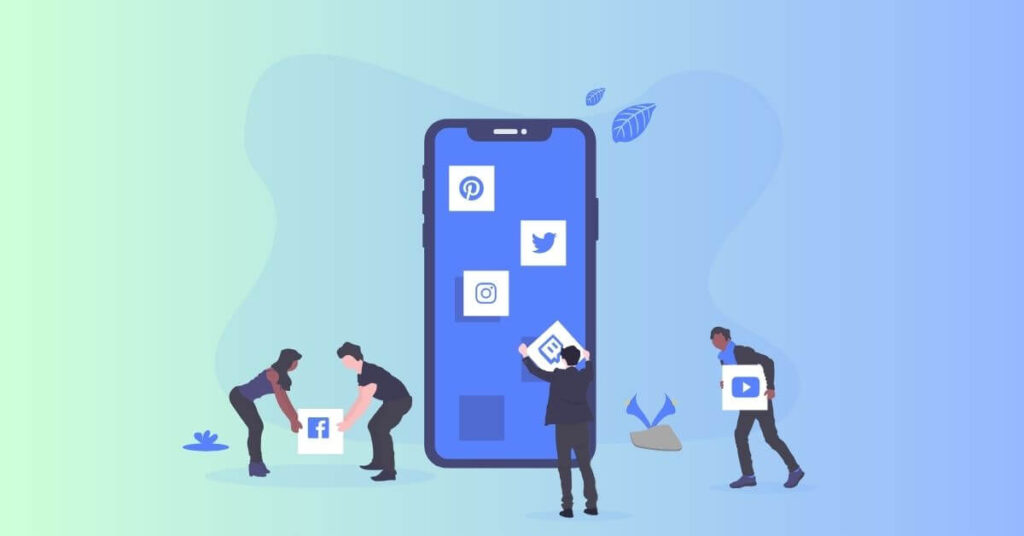What is a Native Mobile App? Pros and Cons of Native Mobile – Native apps are very useful. Generally Native on Android is an application that is installed by default. However, you can also download this Android application through the Google Play Store.
When buying a new Android cellphone, usually there are several applications installed. Apart from that, you can also download other applications on the Google Play Store on your cellphone.
Native application is an application that is built specifically for a particular OS. The scope of work of Native itself is not only limited to one platform.
What is a Native Mobile App?
This is a mobile application that is specifically present on certain systems, for example Android and iOS.
Because there is a native presence specifically for certain OS, such as Android, then of course this one application has more optimal performance.
If in the world of work there are two most powerful things, namely being a generalist or a specialist, then building this Native application is just like being a specialist.
That’s because Native is a type of application that developers write in certain programming languages and can only accept certain OS platforms, like Android for example.
Definition of Native Apps
A native application is just a special application that is present only on certain devices. This time we will discuss Native on Android devices.
The way native apps work is actually different for each device. The programming language that forms this application is also of course different.
For Native on Android, this application usually uses the Java programming language.
This one application is actually also often installed as the default application or cellphone default. Examples of native applications on Android are Facebook and Spotify.
Because it uses a special programming language for certain platforms, the performance of native Android applications will certainly be faster.
Advantages of Native Apps
Of course, the presence of this Native application also has its own advantages. The first advantage is that the performance tends to be better and faster.
This happens because application development will be specific or according to the specifications of an OS only.
Thus, the loading process for Native applications is faster because the content and visual elements are already on the phone’s storage when you install the application.
The second advantage of Native Android applications is the ability to operate offline, as long as the application is installed and the data in it is stored on the device.
The real application of the benefits of this native application is on the YouTube and Spotify applications. You can still enjoy content without being connected to the internet as long as the content has been downloaded.
In addition, native applications also provide a more optimal user experience. Native Android users will feel more comfortable when using it.
The next advantage is that native applications are much safer because it is difficult for hackers to break them. Native applications generally have a layer of security as a protection system.
Native will use the official APIs which may be present on different versions of the system. So, it does not require the existence of a third-party system.
Disadvantages of Native Apps
Apart from the advantages, native Android applications also have disadvantages. The main drawback of this Native application is that it is not flexible.
Developers will only develop applications for one platform only. When you want to use an application for another platform, you need to develop it again from scratch.
Talking about development, the downside of other native apps is that they take a long time, especially when the app is aimed at Android and iOS devices.
This is because the development of each application needs to use a different programming language. This is different from hybrid applications which tend to be faster.
Apart from being long, another drawback is the high cost of development. Preparation costs to pay developers need more because they have to make applications only on certain devices.
This native application also of course requires large maintenance costs because the application is different on each platform.
The last drawback is that native applications need to be upgraded regularly, following the OS platform used.
Now you know what native Android apps are and their drawbacks. There are many examples of these native apps, such as YouTube, Spotify, Facebook, Instagram and others. There is a Native application which is the default of the phone or you need to download it.

